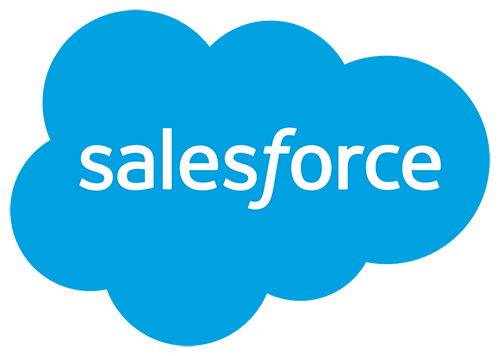
Do you use Salesforce and NetSuite in your company? You don’t want to part with Salesforce as your leading CRM system? Then it makes sense to create an integration between the two systems.
In the beginning: we must decide which data should be synchronized and which system should lead to various data tables. As the first step, you could consider products, customers, and orders for synchronization. However, this will vary by use case. It should also be considered whether you need a two-way synchronization.
Using the two systems together in a meaningful way can involve a lot of manual effort. For example, if you would like to have your orders entered in Salesforce and also in NetSuite, you can simply “re-type” them. However, even with a manageable number of orders, this is not an efficient solution and creates high chances for potential human errors.
It is of course also possible to import the data into NetSuite as a CSV file, which is certainly an acceptable solution for many scenarios. But it still means a lot of manual effort.
Master data maintenance must also be considered if several systems are used. Even with the slightest discrepancy in the name, you may no longer find the right customer record, for instance. Efficient integration is therefore of great benefit.
Alta Via can help you connect your two leading cloud systems in an automated, seamless, efficient, stable, and flexible way. We have many years of experience in various projects where we developed such integrations.
Generally speaking, there are two broad ways of connecting the two systems:
This makes sense if you are already using middleware and want to use it to manage all integrations. Otherwise, such a system is an add-on, which generates more costs and administrative efforts. There is no “plug-and-play” solution, so implementation costs need to be considered on top of the rental costs for the third-party platform.
Such a peer-to-peer interface can get as easy or as complex as needed since it is precisely tailored to the customers’ requirements. The solution is stable and users can monitor it. The effort is limited and manageable in the range of a four-digit amount. There are no recurring license costs associated with it at all.
What exactly should the integration achieve and cover? This leads to further detailed questions.
From our point of view, those are the questions that will help you to get started with your integration. This will be followed by many very technical and detailed questions that differ depending on the objectives of the integration.